Climate Control
11 November 2023
11.13.2023
The Garden of Eden is a garden. It is a growing exchange of substance and matter between artists and their works. Performances, installations, sculptures, and activations compose, recompose, and decompose through the twelve months of the exhibition’s run. There is a (self)consciously heterotopian impulse to this project as a chance to imagine what kinds of worlds we would like to be part of shaping. Like a garden, it is both a closed and an open circuit: its decay is always the beginning of growth and so it is counter to a narrative of finality in our dominant moment that forecloses ‘learning’ and ‘building’ with a demand to present a public self as an indivisibly completed being.
When I first met Nico, who is organizing the space and learning to play piano in it as the works turn over, he explained to me that Jo, the first artist in the show and now artist-in-residence, was running an exchange of roasted sweet potatoes for knowledge. The windows and doors of the gallery open onto the busy hum of Mission Street where vendors line the block selling jewelry, sweets, drinks, textiles, or books. Looking out to look in, the exhibition began with here. Jo had recently moved to San Francisco from the East Coast. So had Nico, but from Mexico City. So had I, returning home following years jumping around the United States. In some way, the exhibition is a theater for and of place, to orient ourselves in fostering a sustainable creative habitat to come.
—
A planting. The exhibition began on October 21st with Jo Kim roasting and selling sweet potatoes for one US dollar or the exchange of knowledge inside the gallery every Saturday through November 11th. This was an action we called 1$ Knowledge. Jasmine Zhang followed with the performance and sound work, Toast, on October 26th.
On November 11th, works by Lucia Aguilar, Alonso Leon-Velarde, Austin Leong, Clara Li, Emelie Luostarinen (curated by Josefin Lundahl), Bob. Miron, and Leonel Salguero were installed.
—
Nico ended this initial introduction with a quote from Lauren Berant, a supreme critic of the American Dream, hyperquoted here: “I have been thinking a lot about something Lauren Berlant said, “I want to be involved with people I don’t know to build a world that I can’t see yet.”” There is a subsumption of current emergent strategies of resistance against an individualizing logic of capital that seems to be asking our artists now to come, wherever they may emerge, as fully formed. I think with this exhibition Nico, and those of us involved by proximity, are asking to start with friendship instead. When leaving New York last month I kept telling my friends that I was different now because I know them. I’m different with each person I meet and know, and the act of making a new friend removes a false sense of completion I may have of myself because it requires play, corrected assumptions, grace, flirting, laughter, sensitivity, intimacy, embarrassment…
In the spirit of a growing garden, one particular to Eden which suggests that we already have all that we materially need, I think of a letter exchange between artists John Christie and John Berger called I Send You This Cadmium Red. In it, the two artists send themselves colors with observations about them – specific, personal, mournful, or humorous. The growing correspondence is a game that describes building a world from a chain of observations, knowing their differences will generate a generous yet conflicting analysis of how things are and why. Throughout the course of The Garden of Eden, I will be writing alongside it, conversing with the artworks and the artists contributing, and sending back observations that I hope do something similar.
Now, we are moving away from the inception and entry of this show, the project is underway. Where we go with it is exciting, but San Francisco, The United States, global networks at large and the contemporary moment that contains and connects them all feel remarkably vulnerable. I end with an offer of another Lauren Berlant quote, culled from their book Cruel Optimism about navigating through the world with or without aim – their definition of impasse which reads:
“The impasse is a stretch of time in which one moves around with a sense that the world is at once intensely present and enigmatic, such that the activity of living demands both a wandering absorbative awareness and a hyper vigilance that collects material that might help to clarify things, maintain one’s sea legs, and coordinate the standard melodramatic crises with those processes that have not yet found their genre of event.”
Emily Small
Throughout the course of the exhibition, Emily Small will be having an ongoing conversation in time and space with works and artists as they emerge and recede.
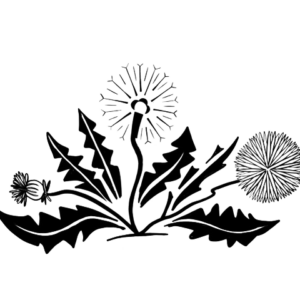
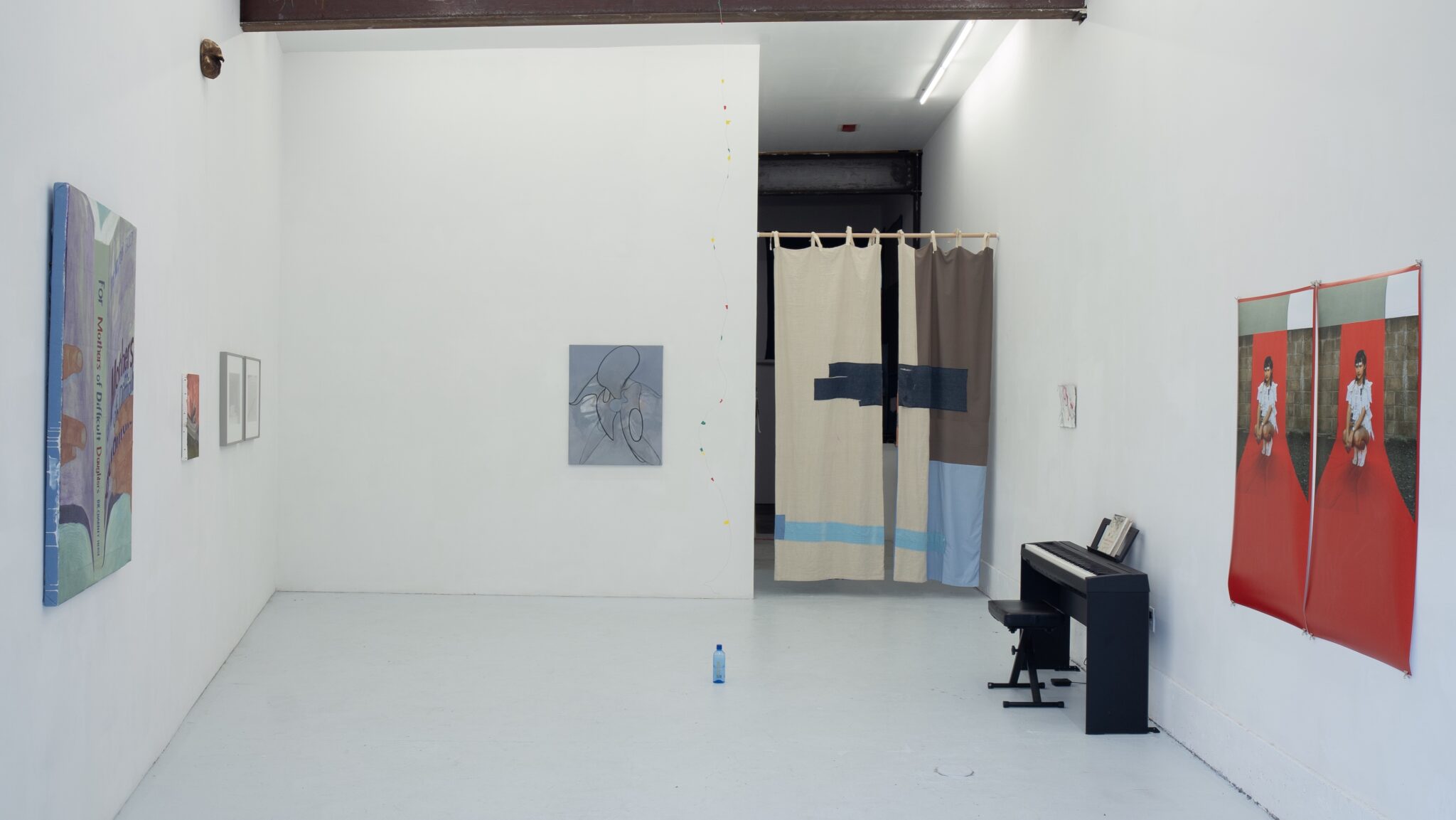
Installation view
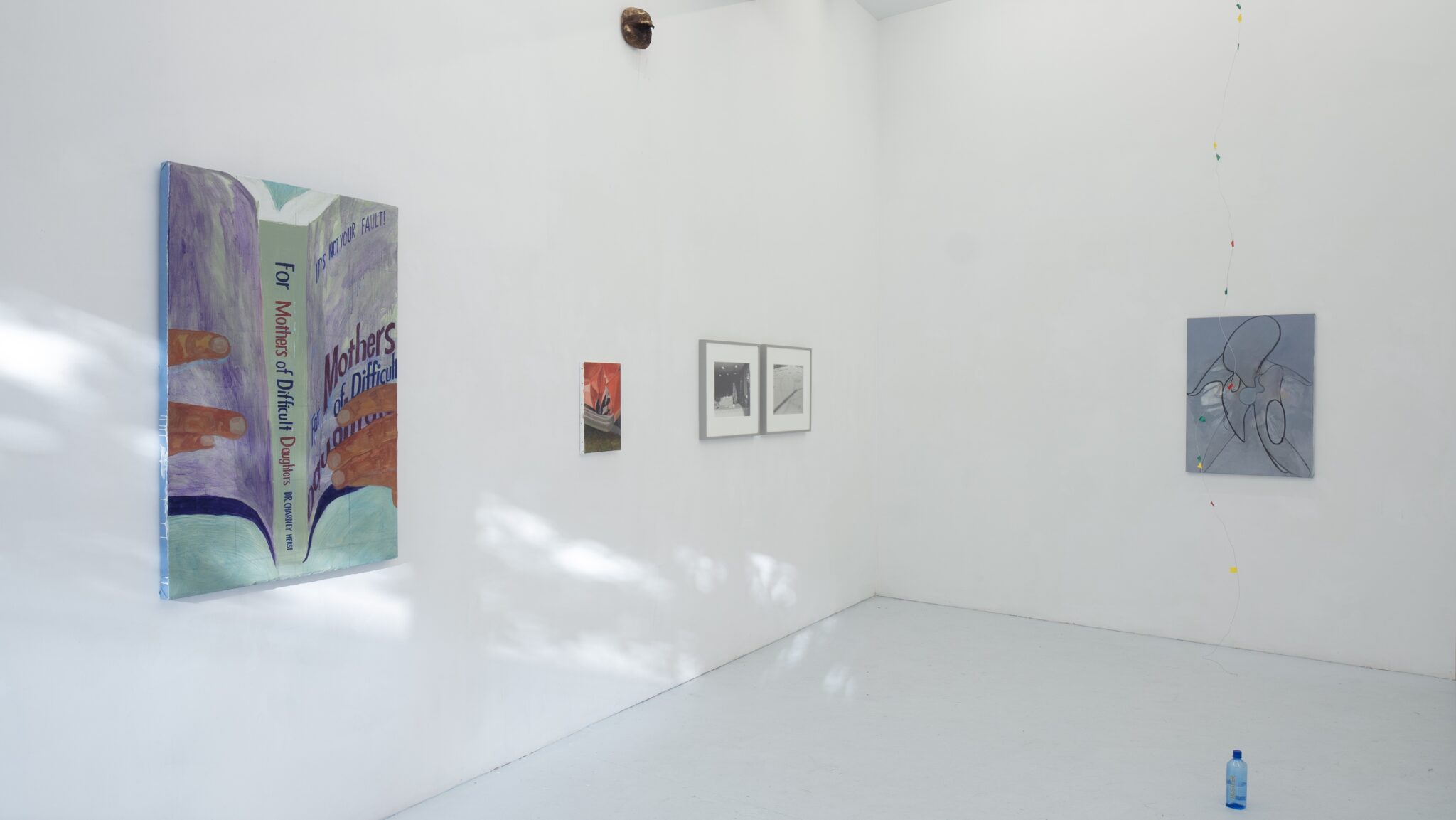
Installation view
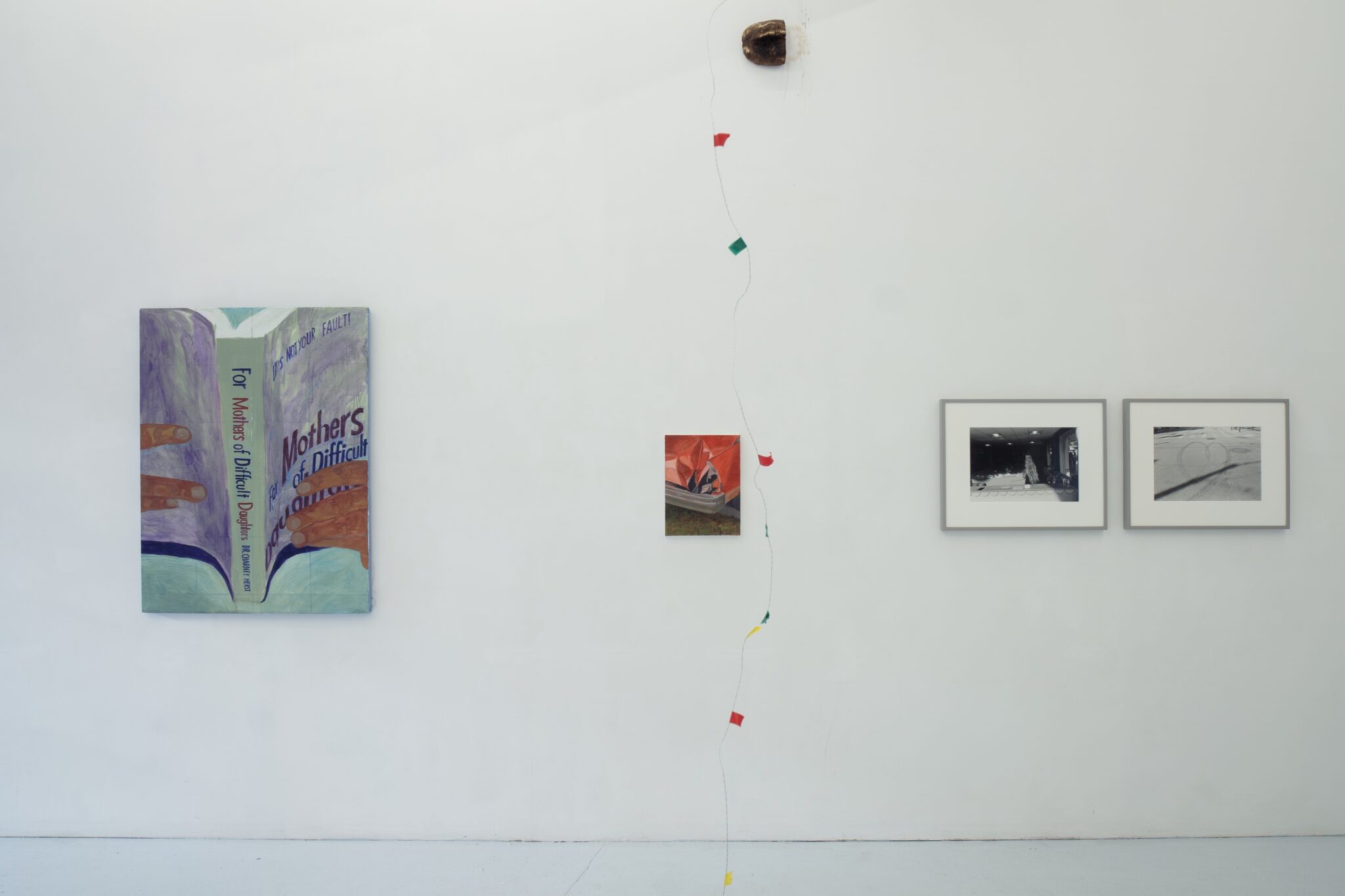
Installation view
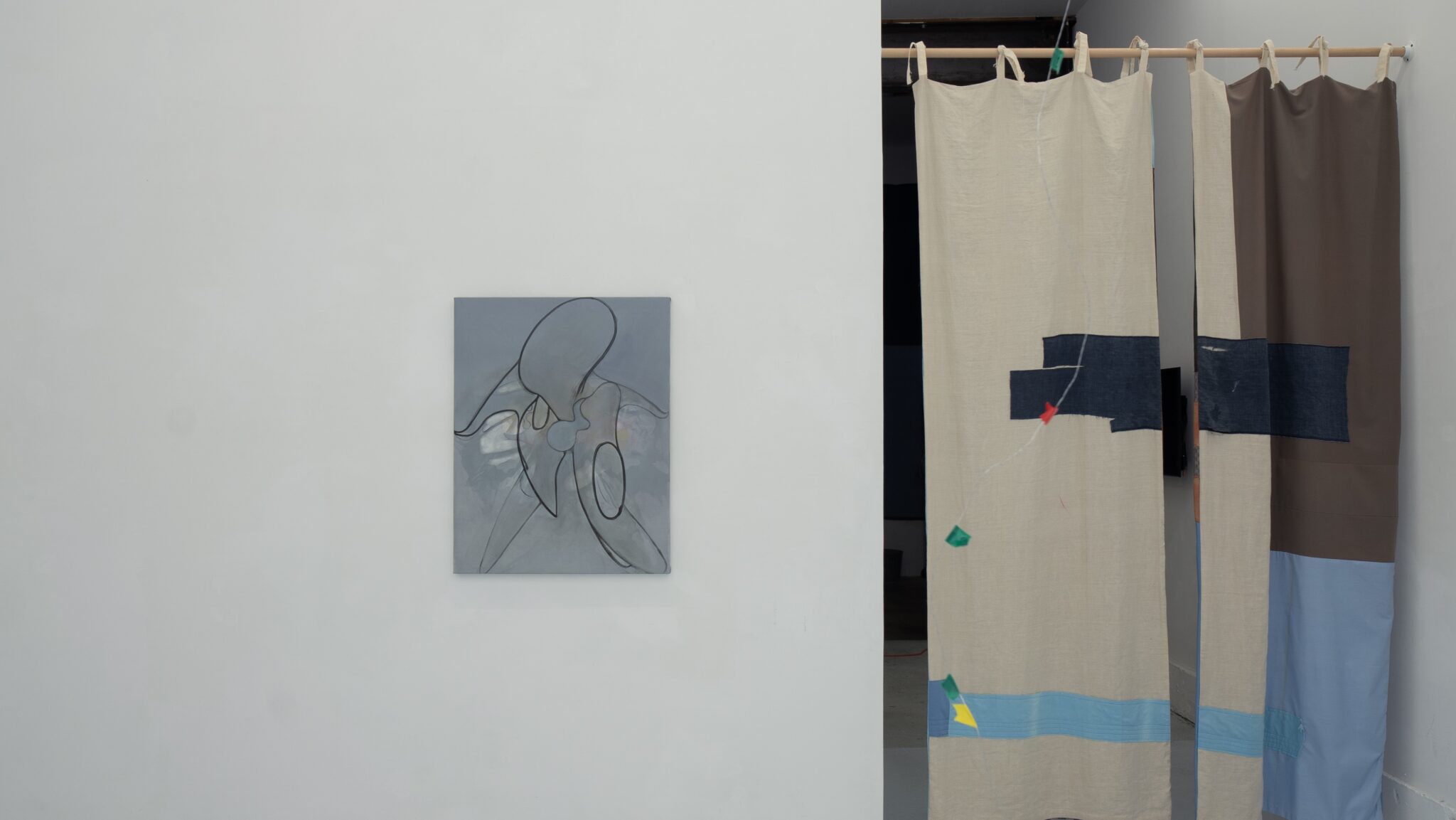
Installation view
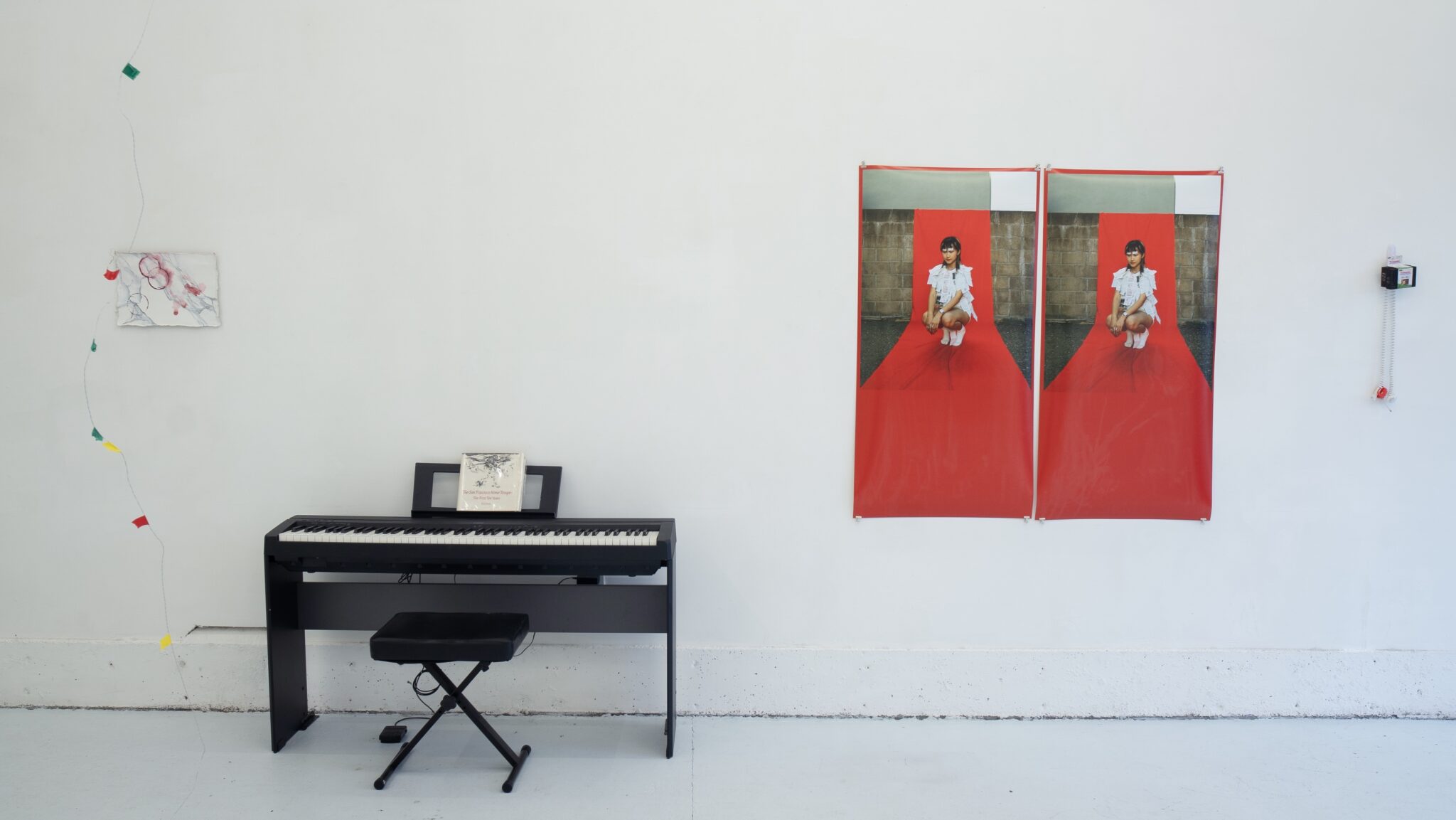
Installation view

Lucia Aguilar
For Mothers of Difficult Daughters, 2023
Oil on Fabric
48 x 36 inches
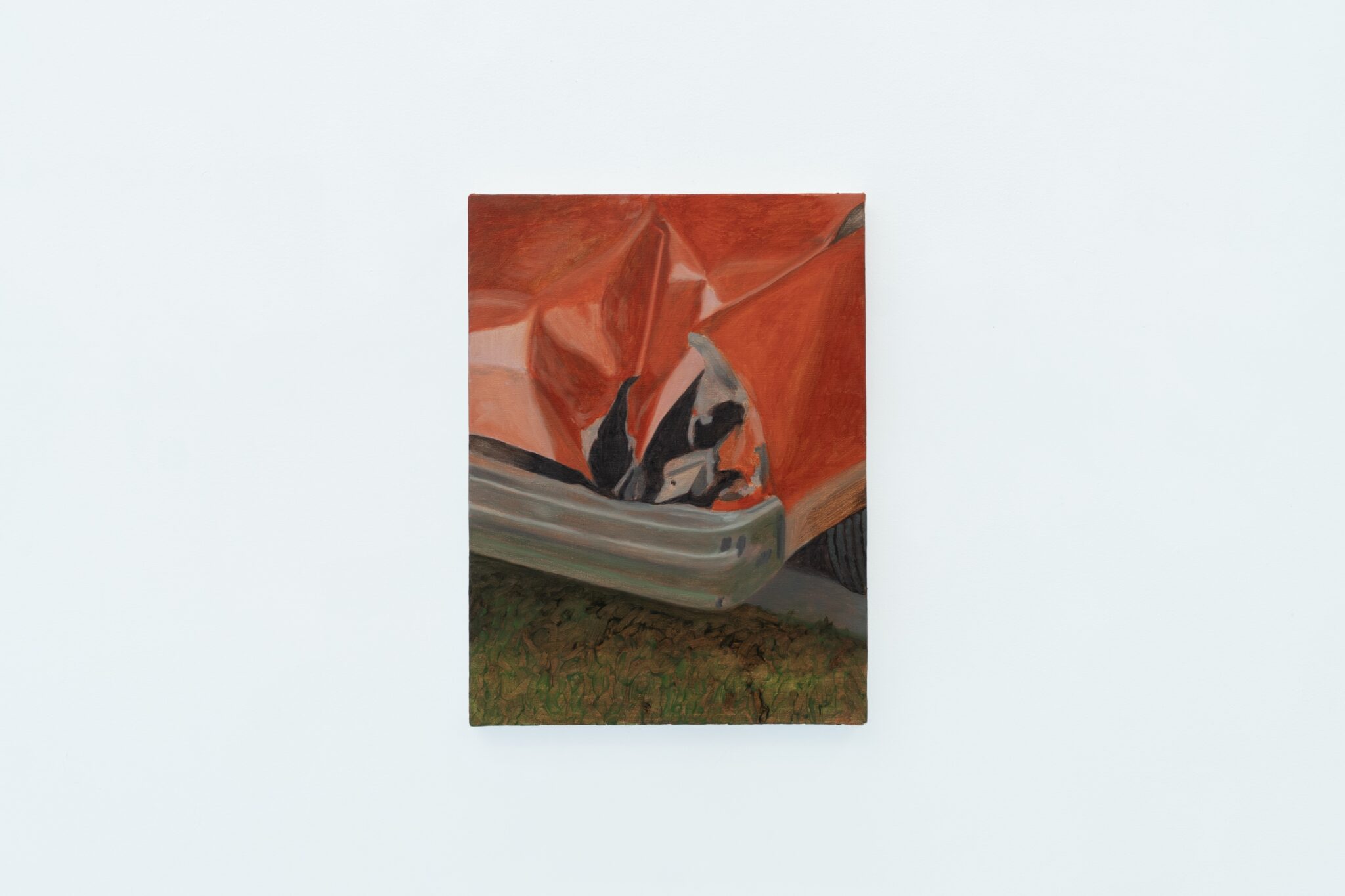
Leonel Salguero
Malibu Meteorite, 2023
Oil on canvas
15 3/4 × 11 3/4 inches

Austin Leong
Boardwalk, Santa Cruz, CA, 2021 & Mission District, San Francisco, CA, 2021
Gelatin silver print
Both 12 x 18 inches (20 ¾ x 26 framed)
Both edition 1 of 5
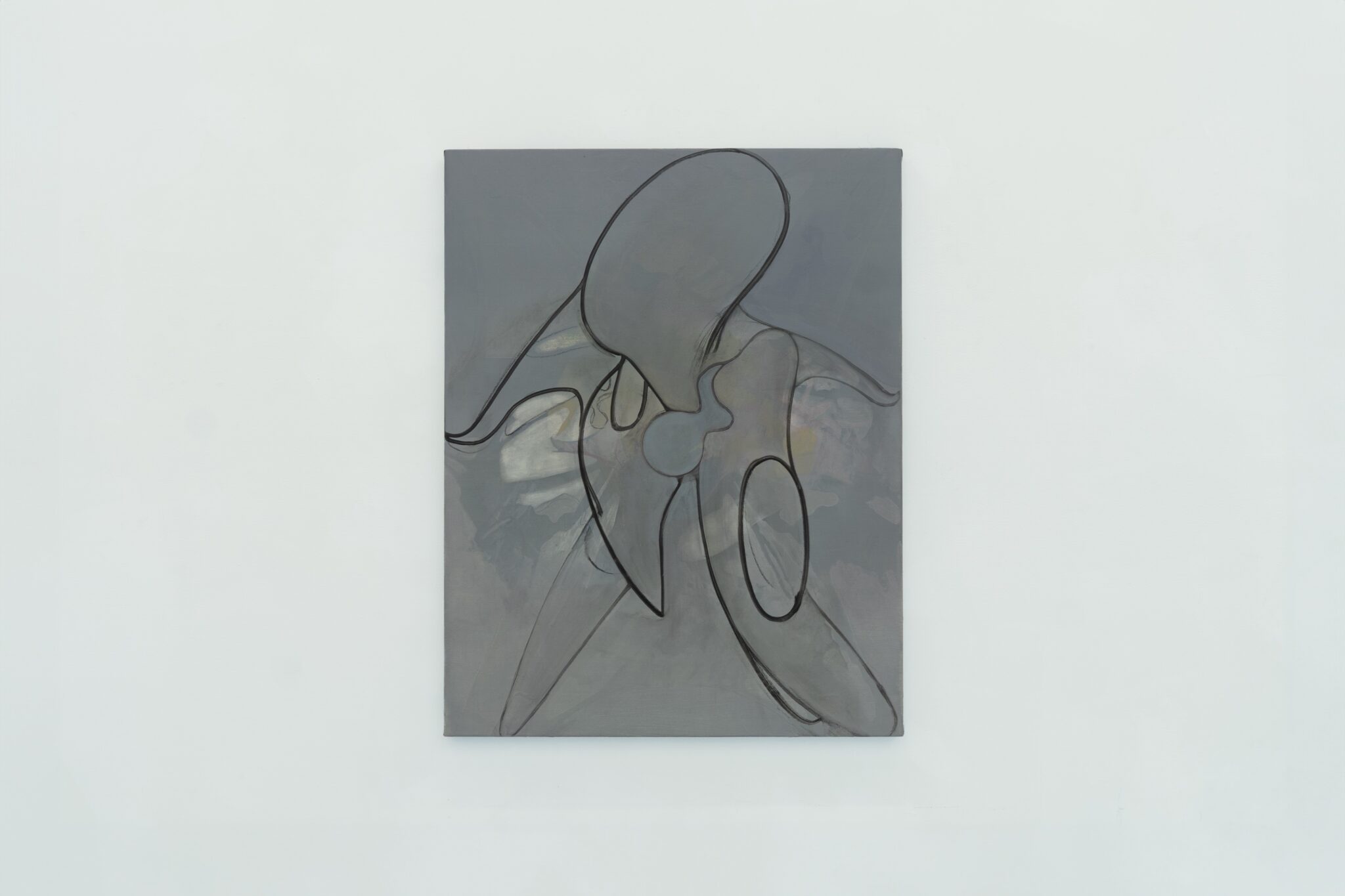
Alonso Leon-Velarde
Elefante, 2023
Oil on linen
36 ¼ x 28 ½ inches
 Emelie Luostarinen
Emelie Luostarinen
Rosa Portugués (An attempt to create pink marble), 2023
Acrylic and ink on linen
10 x 15 inches
(Curated by Josefin Lundahl)
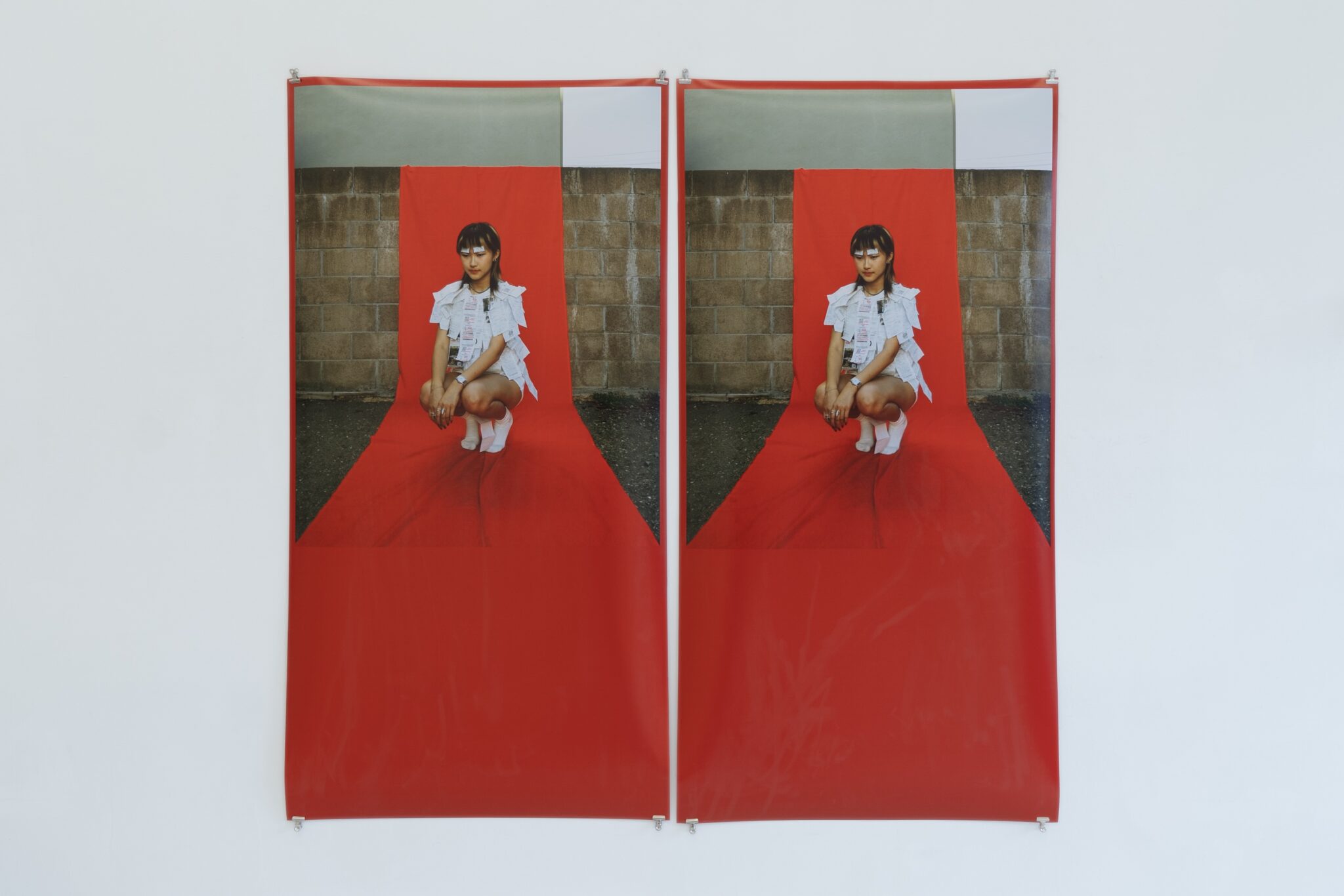
Clara Li
Portrait of Clara, 2023
Digital inkjet print
48 x 56 inches
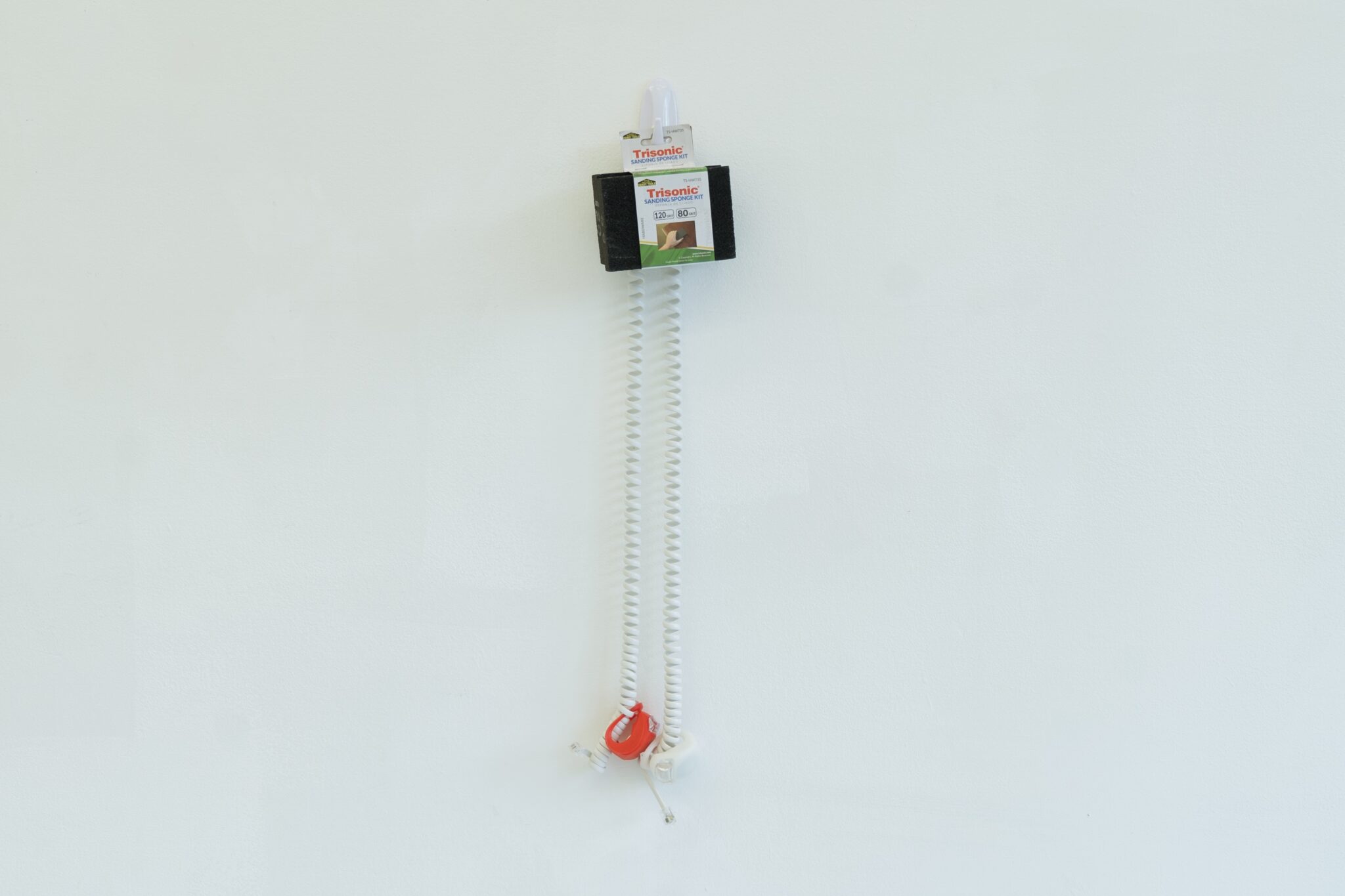
Bob. Miron
Goals should never be easy, 2023
Plastic hook, phone cord, bike light, sanding block
23 x 4 inches

Bob. Miron
Christmas Lights, 2023
Metal wire, electrical tape.
152 x 3 inches
 Bob. Miron
Bob. Miron
Half Drunk Bottle of Hustler Water, 2023
Plastic bottle, water
8 x 2 1/4 x 2 1 1/4 inches
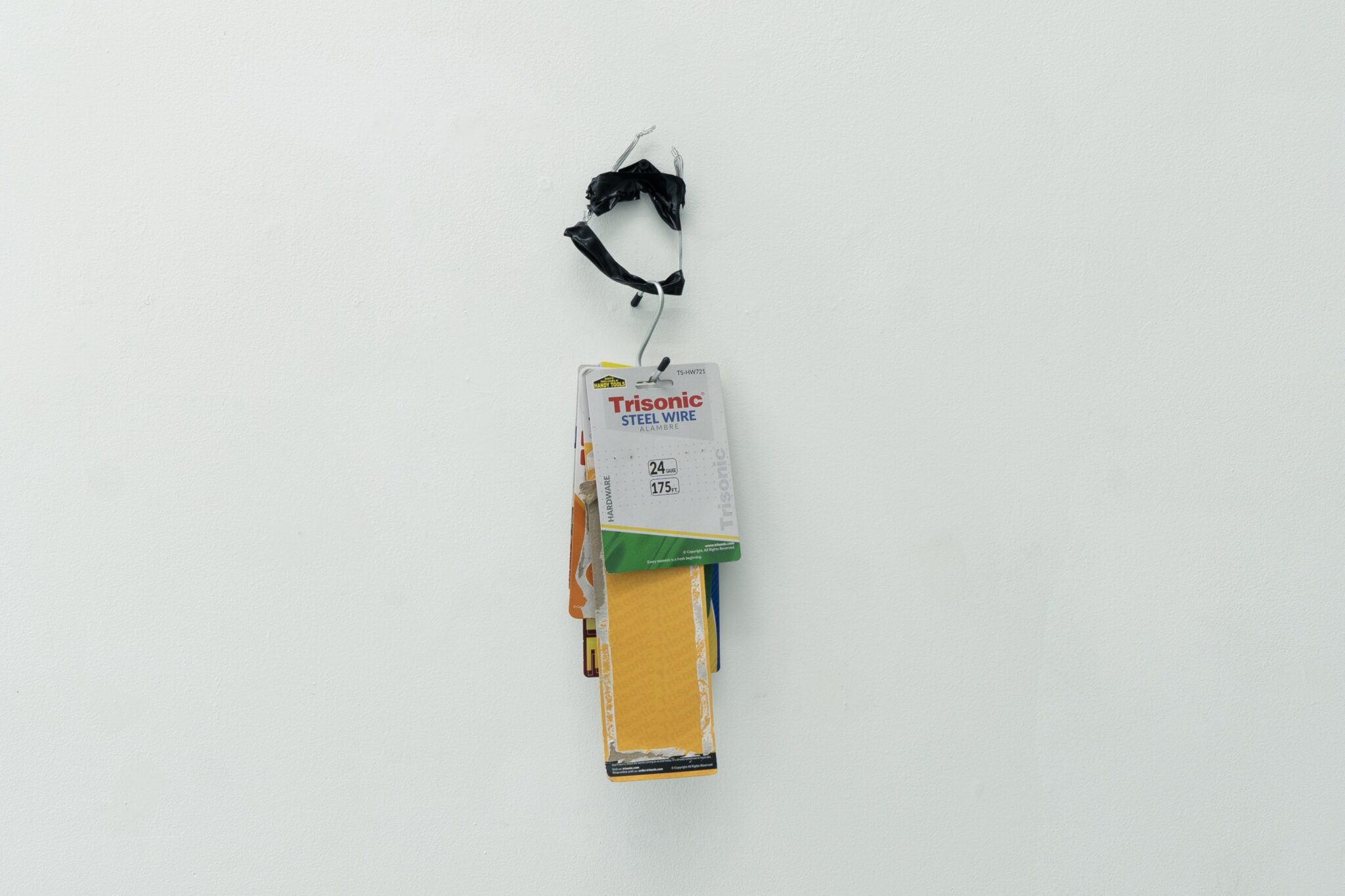
Bob. Miron
Trisonic, 2023
Trisonic packaging
18 x 5 inches

— 12.15.2023
“The impasse is a stretch of time in which one moves around with a sense that the world is at once intensely present and enigmatic, such that the activity of living demands both a wandering absorbative awareness and a hyper vigilance that collects material that might help to clarify things, maintain one’s sea legs, and coordinate the standard melodramatic crises with those processes that have not yet found their genre of event.”
—
In the seeds of this text, and exhibition, I mentioned impasse, which is a starting point for this conversation around community and something I’m reminded of when looking at Austin Leong’s Photographs on view. Boardwalk, Santa Cruz, CA, 2021 & Mission District, San Francisco, CA, 2021 are two black and white gelatin silver prints that depict a kind of settled impasse. In the first, mid-day light is cast into the booth of a carnival game at the Santa Cruz Beach Boardwalk as an attendant turns their back to the lens. In the other, a heart is depicted, left by skid marks of a car long-gone at an intersection in the Mission. These works speak to a kind of gentle boredom, an apathy to the event of living common in the uneasy hum of the hourly worker, the service employee, or those of domestic labor. At a pause –although there is an intense sense of presence to these photographs, there isn’t a sense of expectancy, just seeing– describing.
One of Lauren Berlant’s significant contributions in their study of everyday life – its historic conditions and the tumultuous change of those conditions into the twenty-first century– is developing the concept of genre as a form in which we live inside of, through narratives that produce sets of affective expectations (be that in life or in art). The expectations are affective because the stories that we are raised on provide us with knowledge of how to be in the world, but also create a series of interlocking narratives in which genre (an example would be like stories of American upward mobility: the ‘pull yourself up by your bootstraps’ genre) shape how we exist and experience being. When our genres are no longer synced to the production of good lives, livable lives, and creative lives where time is in excess to take risks with or play, we begin to feel the world as chaotic, unmanageable, at an impasse.
The dissolution of these genres isn’t negative in itself, but descriptive. The unfinished painting by Lucia Aguilar, For Mothers of Difficult Daughters, 2023 is in this state of in-between. We kind of like its wash of underpainting, its grid marks plotting out the image of a book. Like motherhood (and daughter-hood), endlessly conceived but by its longevity, always becoming, incredibly quotidian. Nico has mentioned to me a few times that other painters remark on the work when they come into the gallery not knowing it is unfinished – a relative to their own works they’ve recognized. It will change, it’ll be sent back to the studio, we are only seeing it in a moment in time that we mistakenly interpreted as complete. ‘Finished’ here is like Austin’s pause, impasses-in-passing, describing the process of living in a world un-enamored by its events and not expecting more from them as they come and go as they are.
